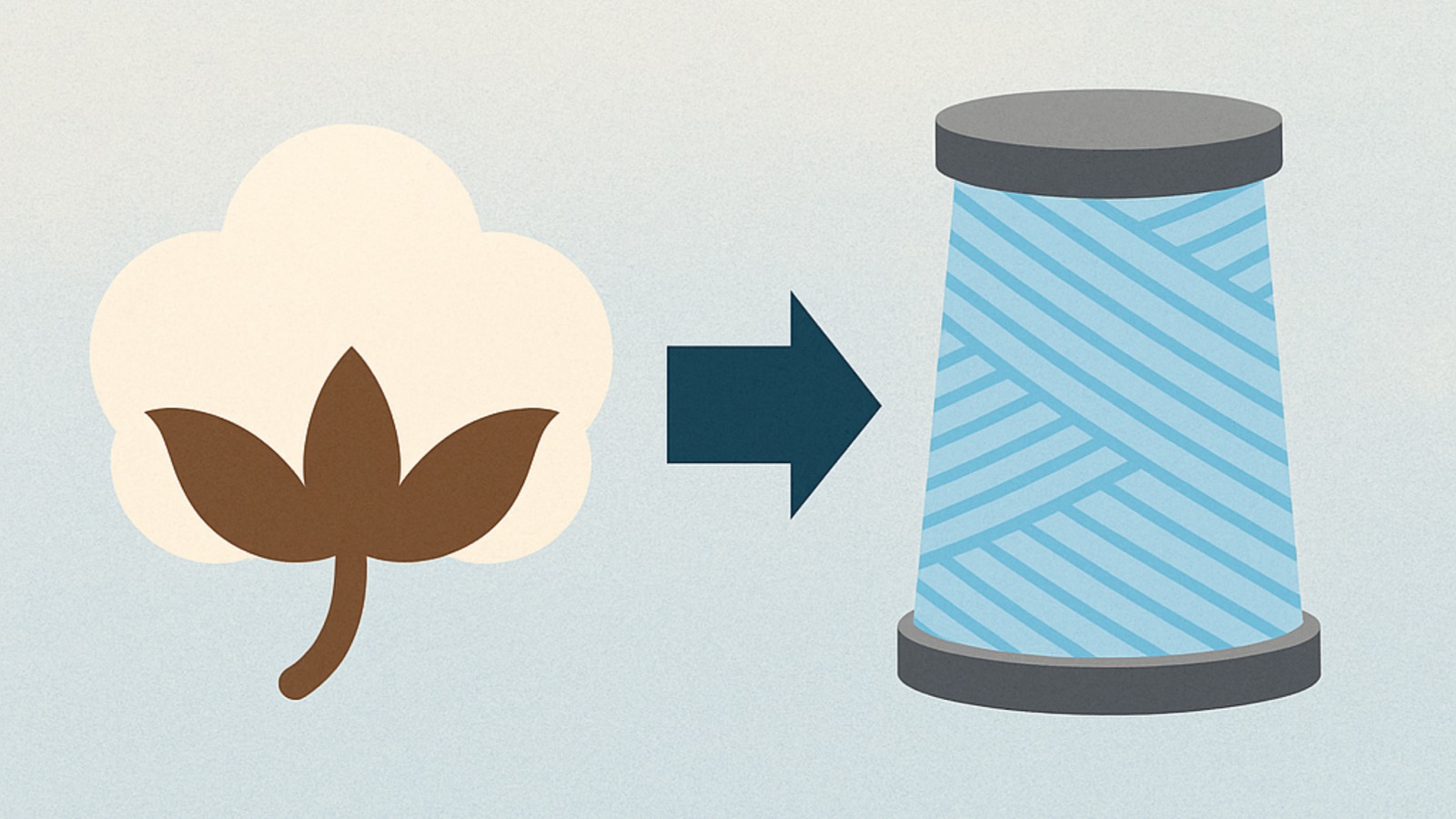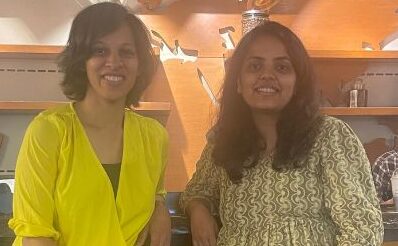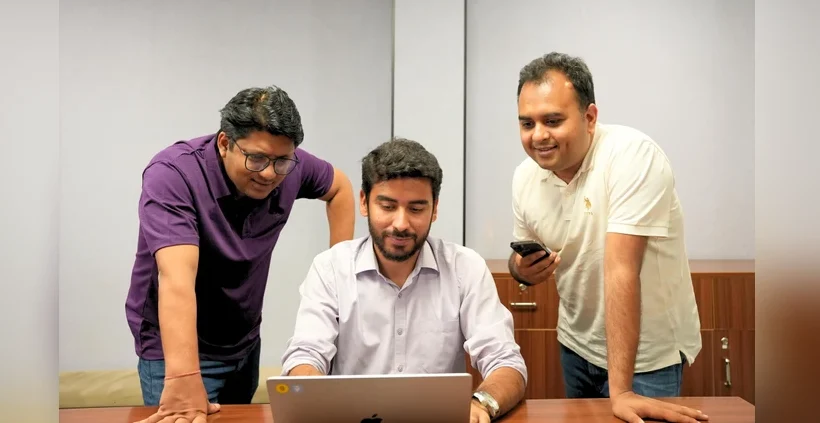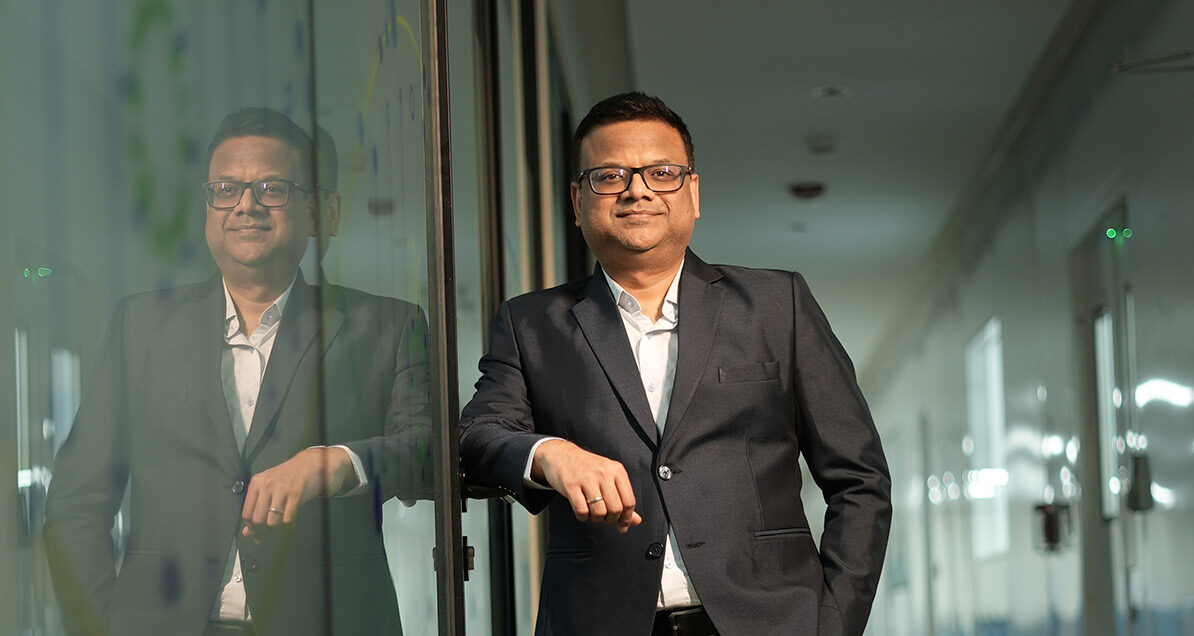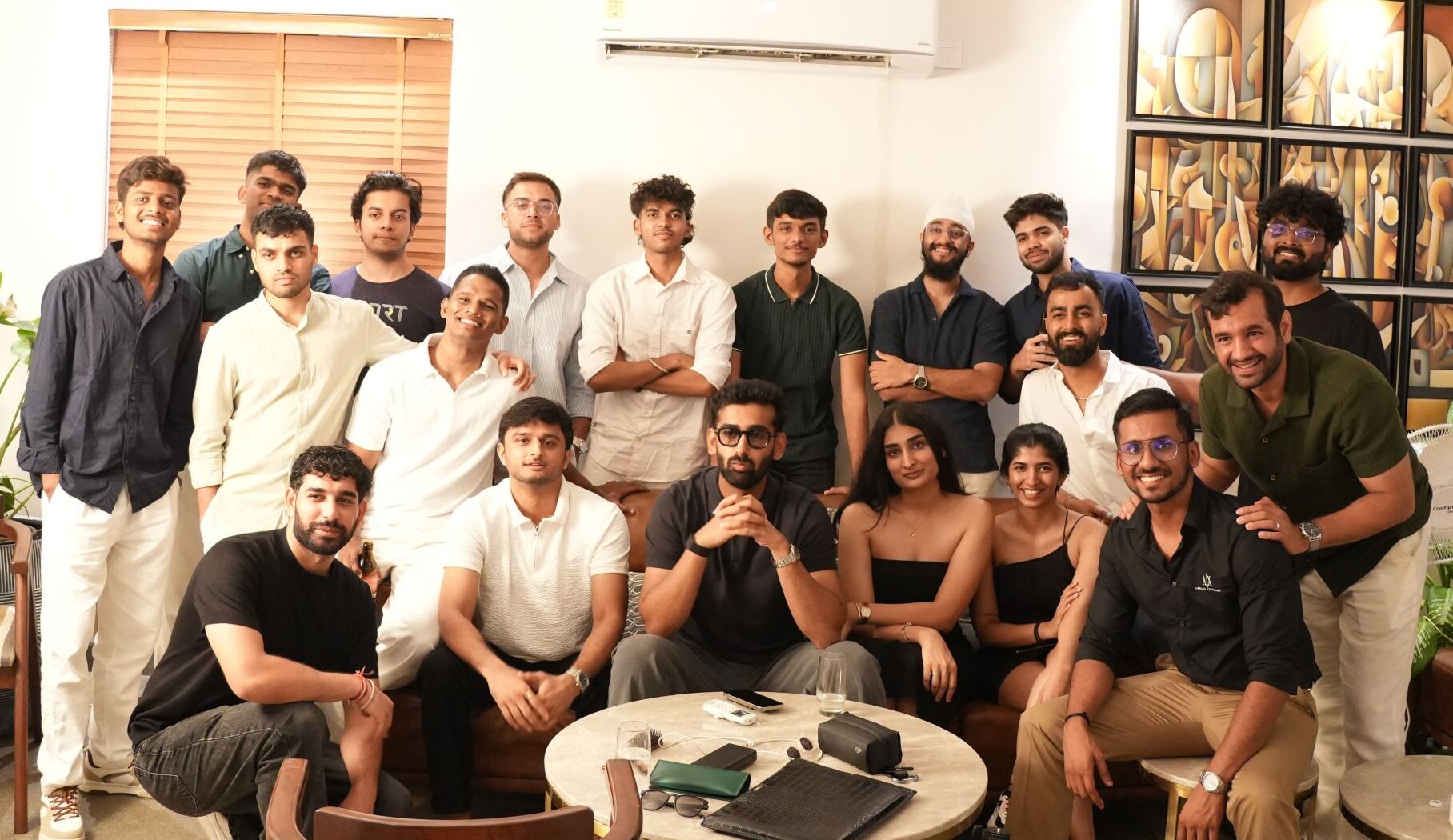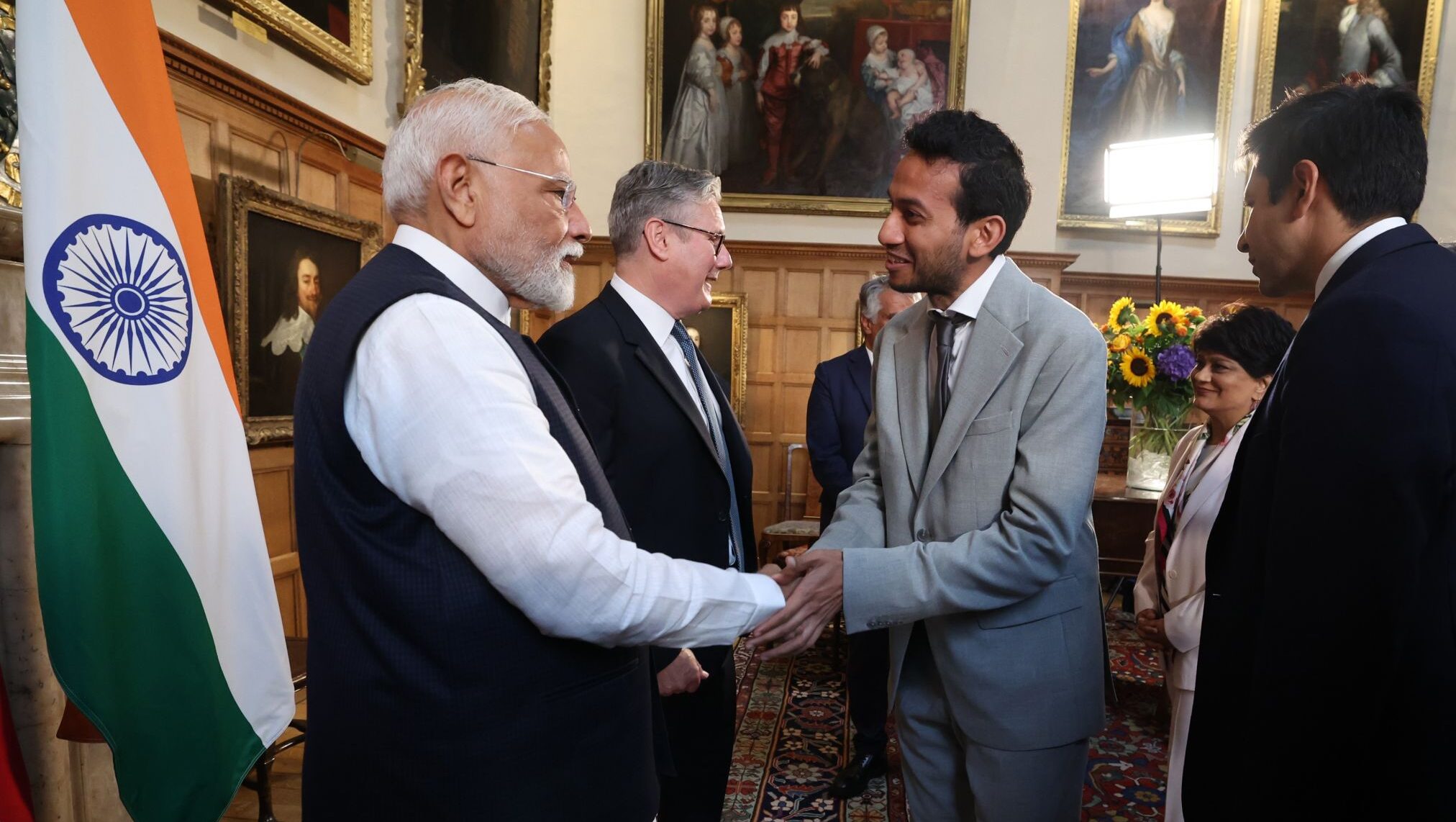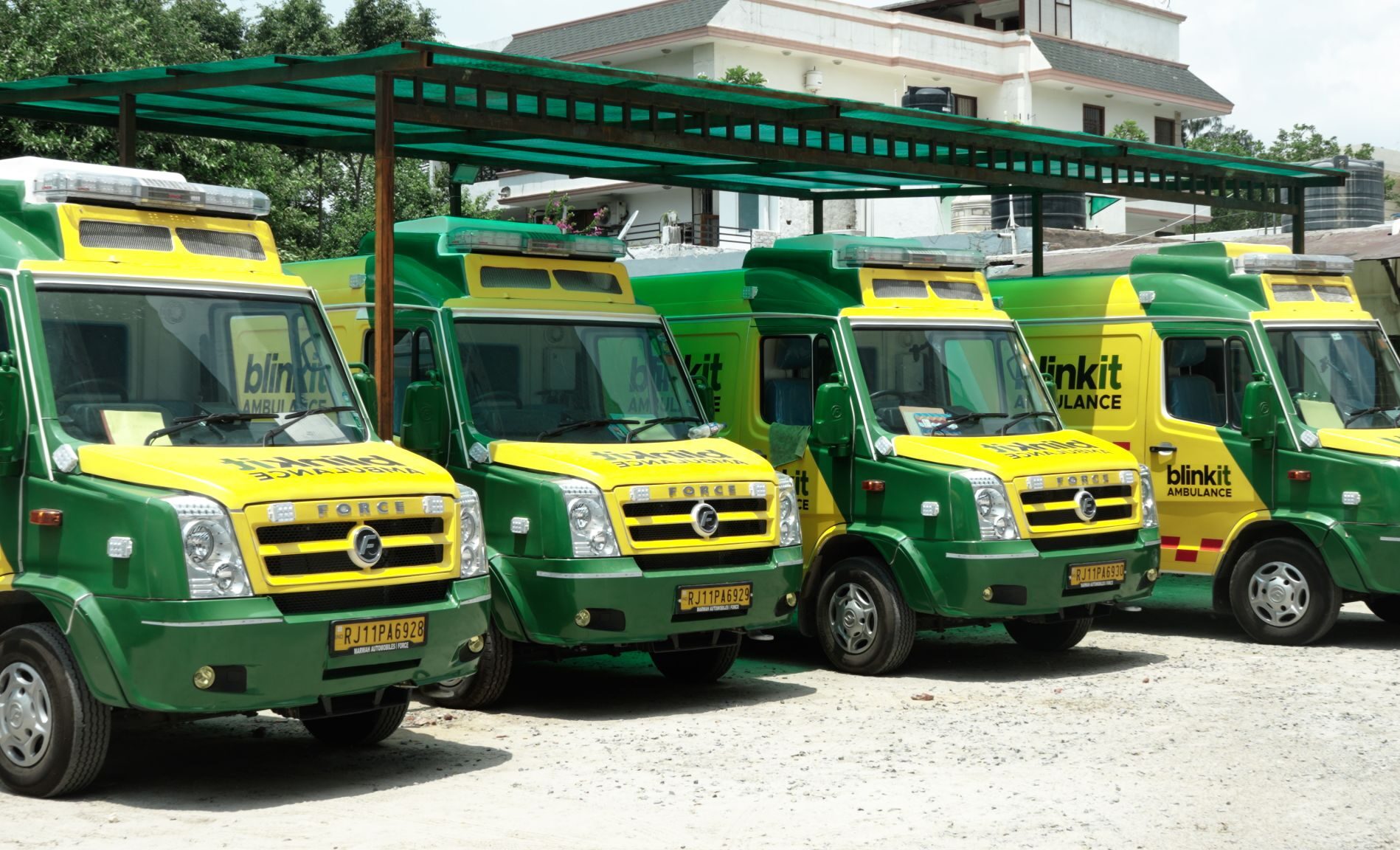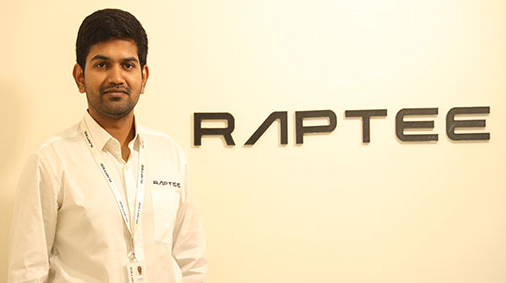In the heart of Tamil Nadu lies Tirupur, a city that has been the backbone of India’s cotton knitwear exports. But a quiet transformation is underway. Tirupur’s textile sector accounting for nearly 90% of India’s cotton knitwear exports is shifting toward man made fibres (MMFs) such as polyester, viscose and nylon. This transition marks a profound transformation in India’s textile aspirations, precipitated by shifting global demand, environmental pressures and economic compulsions.
Why Tirupur is Changing Gears
At its core, this pivot is a response to a rapidly evolving global apparel market. Cotton, though natural and breathable, is facing limits. Climate change has made cotton production more vulnerable with erratic monsoons and water scarcity impacting yield and quality. At the same time, global buyers, especially in Europe, North America and Japan are demanding performance wear, stretch fabrics, quick dry materials and wrinkle resistant clothing. These requirements can’t be met by cotton alone.
Man made fibres offer consistency, durability and adaptability that modern fashion and sportswear markets crave. The growing influence of athleisure – clothing that transitions between workout and casual wear – has also accelerated this shift. In fact, over 65% of global textile consumption is now based on synthetic fibres, while cotton accounts for less than 30%.
For Tirupur, this is both a challenge and an opportunity. The city has relied on its reputation as a cotton powerhouse for decades but continuing on that path risks missing out on emerging market segments. Shifting to MMFs is about future proofing the city’s export economy.
The China Plus One Factor
A major driver behind this shift is the global “China Plus One” sourcing strategy. With supply chain disruptions and geopolitical tensions on the rise, global brands are diversifying away from China. India, with its vast manufacturing base, skilled labour and trade agreements is well positioned to be the “plus one.”
However, China has dominated the MMF textile space for years, with integrated supply chains and world class infrastructure. For Tirupur to compete, it must develop its own MMF capabilities, from spinning to dyeing to finishing. This means fresh investments, retraining labour, and installing new machinery, all of which many factories have already begun to do.
“The China Plus One sentiment is driving global sourcing strategies. So, buyers are seeking alternatives in Bangladesh, Vietnam and increasingly India, especially Tirupur.” – Sunil JhunJhunWala, MD of Techno Sportswear and Vice Chairman of CII Tirupur
Environmental and Economic Dimensions
The shift to synthetics also intersects with a growing focus on sustainability. Ironically, while MMFs are derived from petrochemicals, they can actually reduce water usage, chemical dependence and waste if processed responsibly. New age recycled polyesters, biodegradable viscose and low impact dyeing technologies are making synthetic fabrics greener.
Tirupur’s industry leaders are tapping into this. Several units are already using zero liquid discharge (ZLD) systems, solar powered manufacturing and sustainable packaging. With environmental compliance becoming a prerequisite for global buyers, especially in Europe, this green push strengthens Tirupur’s global competitiveness.
Road Ahead: Vision 2030
Tirupur aims to double its garment exports from $5 billion to $10 billion by 2030. Achieving this will require more than just switching materials, it demands an overhaul of infrastructure, logistics, R&D and branding.
What makes Tirupur’s transition especially notable is the speed and seriousness with which it’s happening. Tirupur is making a conscious, collective leap, a sign of an industry that recognises the urgency of change.
If successful, this transformation will not only redefine Tirupur’s industrial identity but also establish India as a serious player in the global synthetic apparel space. It’s not just a fibre shift, it’s a signal that India’s textile sector is gearing up for a smarter, more resilient future.
Read More : ONDC DigiReady Certification Empowers Over 1 Million Local Sellers









